Garden Update
Mid June
[post too long for email, mostly pics with some commentary]
Raised beds need a haircut.
The hay becomes mulch for around garden beds. This is the best lettuce I have ever grown.
Peony with basil and wild phlox.
The radishes on the right are cherry belle. On the left, Sora radishes, growing to four-five times a cherry belle, more balanced in shape and just as crisp with similar taste. I’m going to let some of the Sora go to seed so I have an abundance for fall and next year.
Temporary encouragement for a tomato, to trellis. That has been much of the work of the last week, trellising tomatoes, melons, cucumber and squash. Some of the tomatoes and all of the MCS, it is merely a matter of pushing leaves and vines through the trellis.
Left-over ash boards from raised beds, for not compacting the soil with my feet.
Weeding potatoes, artichoke, tomatoes, broccoli and brussels. The sprouts among the brussels at the bottom of the picture, L the landowner tells me are wild ground cherries. We transplanted some, I am leaving these until I decide to pull them or thin them.
The cute and destructive Colorado Potato Beetle. These are killed without remorse, crushed or dropped in a water/dish soap mix, their orange eggs attached to the underside of leaves are mashed without regret. Many hundreds of each so far.
You know it is dry when the thistles are drooping. It has rained about a half inch the last month, approximately.
The pond is looking more like a pond. I have some pollinator flower seed sprouting around it, and will transplant other plants when the sprouts are more established. The liner will be cut a bit shorter, eventually the roots of the plants around the edge will crawl over the edge into the water, obscuring the liner and securing it in place.
I added some bait shop sucker minnows to help keep the pond clean, and fathead minnows to eat the mosquito larvae.
I’d been having a hard time finding any pond arrowhead when I stumbled on some while gathering water from the main pond at the 80 (for some crab-apple trees I planted overlooking the pond.) Arrowhead is also called Wapato, and Indian Potato. It makes an edible starch-laden bulb under-water like a cross between a water chestnut and a potato. Stomp around in the shallows where the plant grows and the bulbs will float to the surface. Once a Native American staple.
There is also a resident toad, just beyond these arrowhead.
The beets are very happy.
Pie pumpkin blossoms.
Cabbages and potatoes. The cabbages I started indoors have already crowded out the lettuce. The cabbage I started from seed is starting to.
Peppers are well along. I need to support them, though I haven’t yet decided how.
More artichoke, lower left. Brussels, center. Bush beans and small basil on the left. The artichoke are an experiment, a biennial that cannot survive the winter here. these were started early and then set outside for two weeks with temps in the 40’s to trigger the ability to fruit. We will see.
Three bunches of zucchini, six total, lower left.
The new neighbors. Their lambs were just weaned: the lambs go to market, the ewes come here. They do not eat the thistle, but there is surely nothing in the garden they would not eat if they get in.
Fuzzy little gherkin cukes.
Long, smooth Katrina cukes.
This bit of chaos is a pollinator flower bed grown from seed, with four bulbs of burgundy dahlia (1). Some of this mess will be transplanted around the pond, etc. Otherwise nature will dictate what succeeds. Some of it is perennial, some annual that self seeds. Similar seed is planted all along the base of the east and north fence, along with heavenly blue morning glories.
The peas and climbing beans have not done well in these raised beds. At first when the peas were suffering, I figured it was the 90degree days without a spring. Then when the beans, which unlike peas are a summer loving plant, started off great but seemed to lag, I figured the soil was too rich. But the cucumbers in similar beds are doing great, already making fruit. Then I thought, beans and peas are nitrogen fixers, the soil might be too high in nitrogen, which would make sense, as part of the soil is highly condensed sheep compost on top of dry sheep litter. So I added hardwood mulch for carbon, which may be too late to save them I don’t know.
Three potato beds, left, right and bottom.
Watermelon, four kinds, plus a few left over melons.
Also, at the orchard, strawberries!
The birds that frequent this farm - chickadees, yellow finches, wrens, red wing blackbirds, swallows, pigeons, etc - and the bird song, all day long, is one of the things that makes spending time in this garden so enoyable for me. They are very much appreciating the pond, as there is not standing water for a mile in any direction. (With a bit of sacred tobacco for affect.)
Also, I’ve been working on a more serious post, a critique of conservative/republican politics (as a kind of counter balance to my withering critiques of liberal ideology), but I thought I would lighten it up a bit with some garden info, first. After this and the next post, there is one more planned this June/early July, which will also be my 100th post here at Substack and one year since I started Born on the Fourth of July. For the Fourth of July holiday, the one year anniversary of this substack, the 100th post and my 50th birthday, I will be out of range, on a solo paddle in the Boundary Waters Canoe Area Wilderness.
It seems I go days without seeing a pollinator.


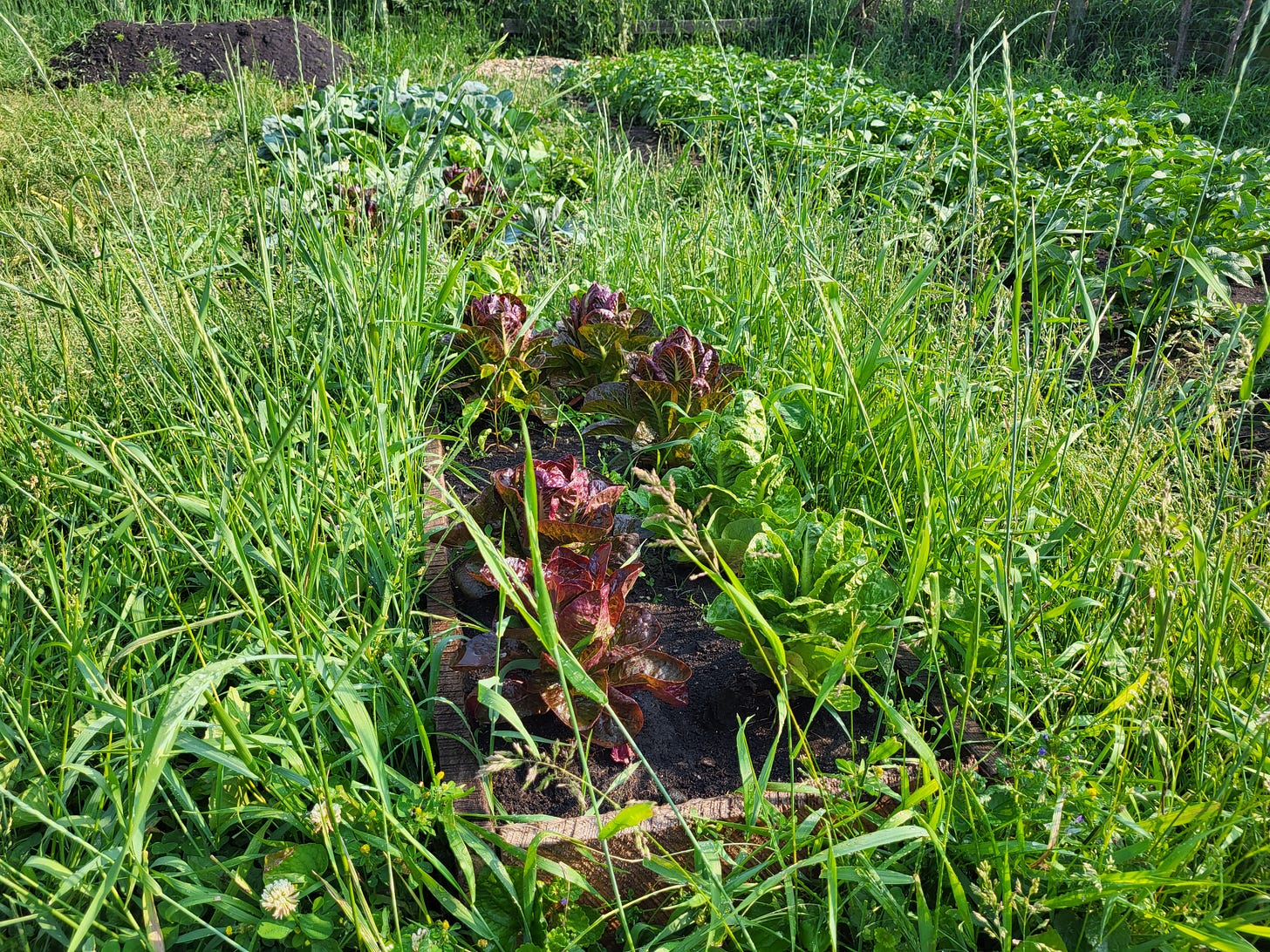

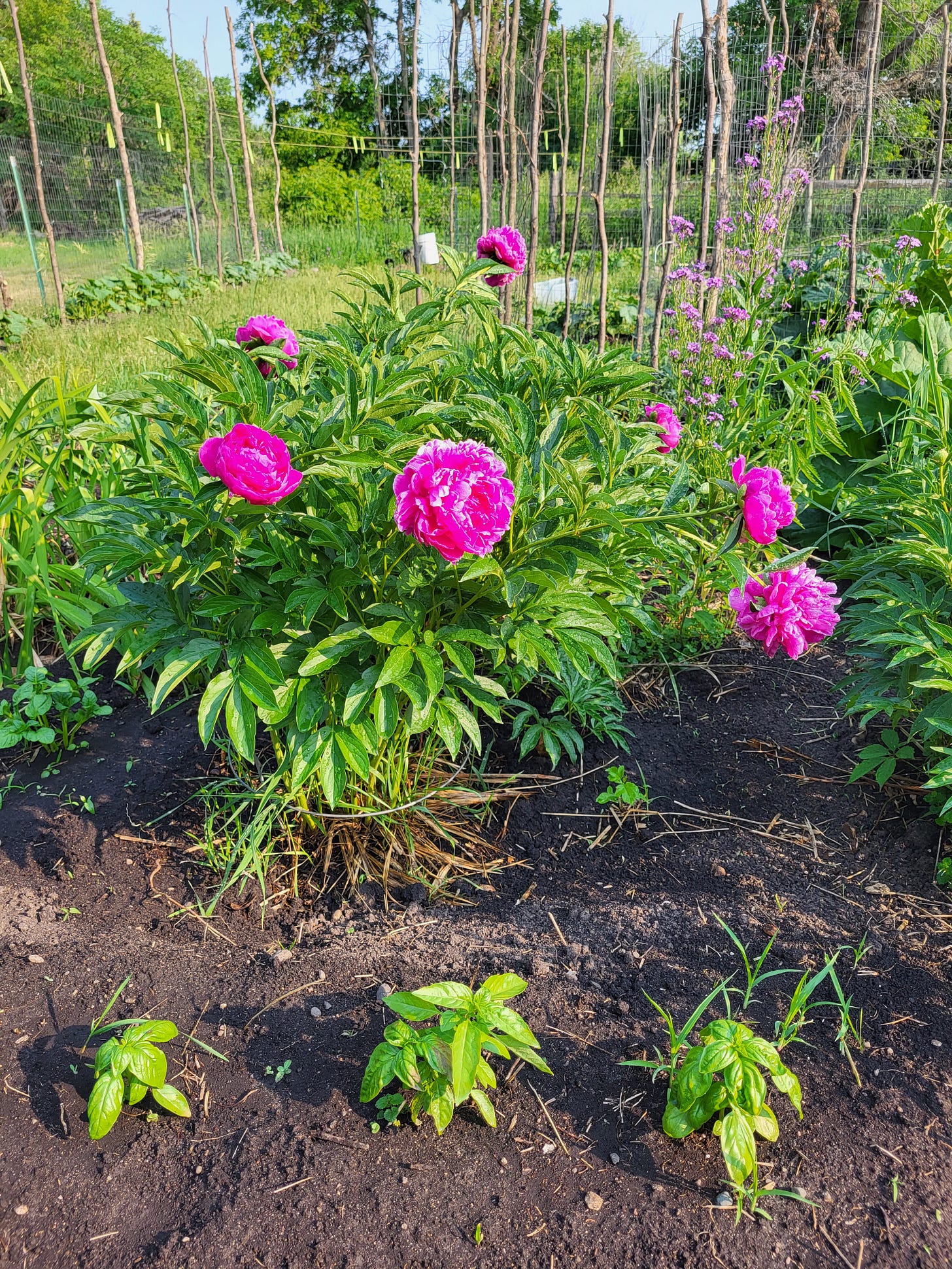
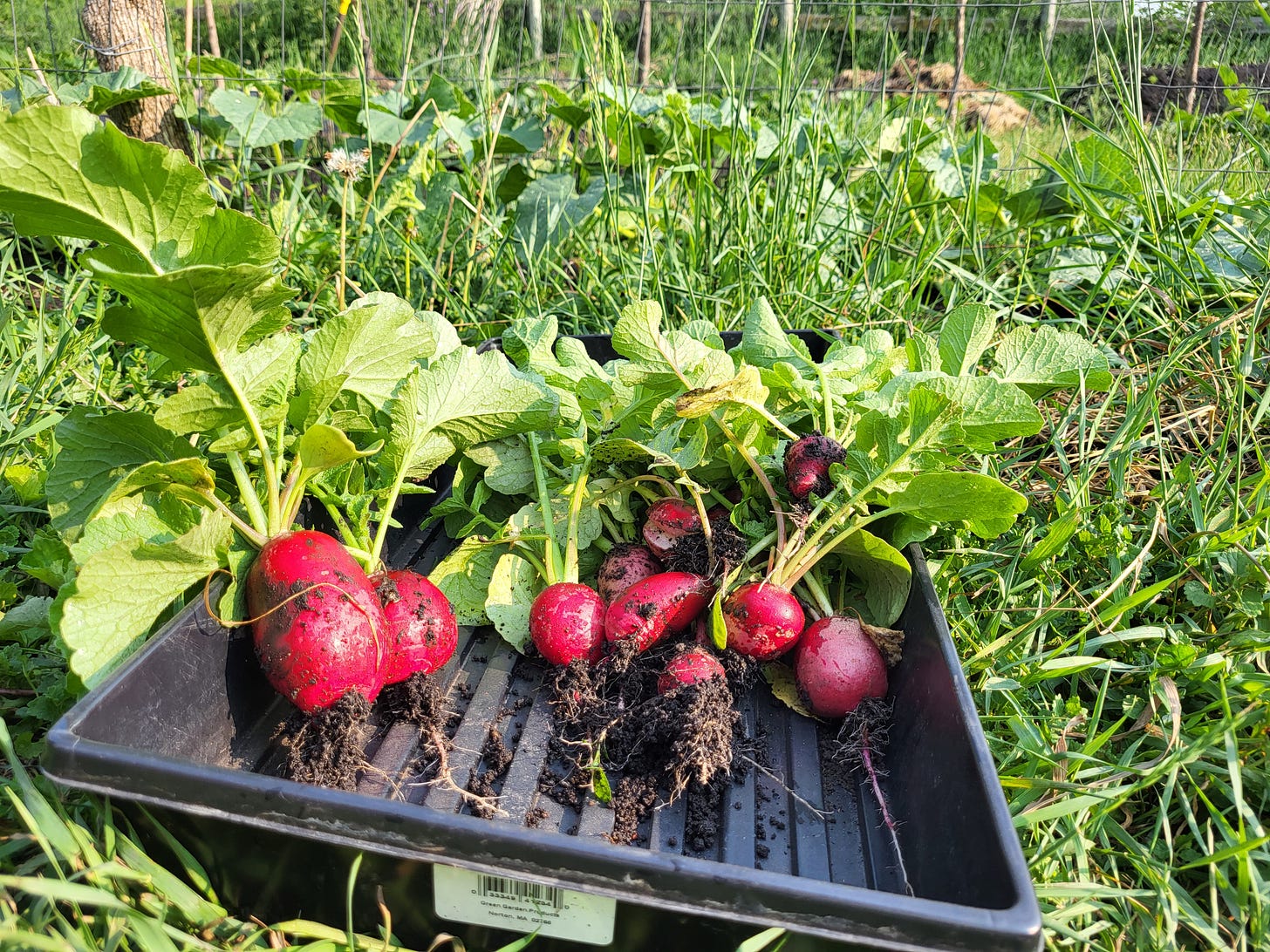
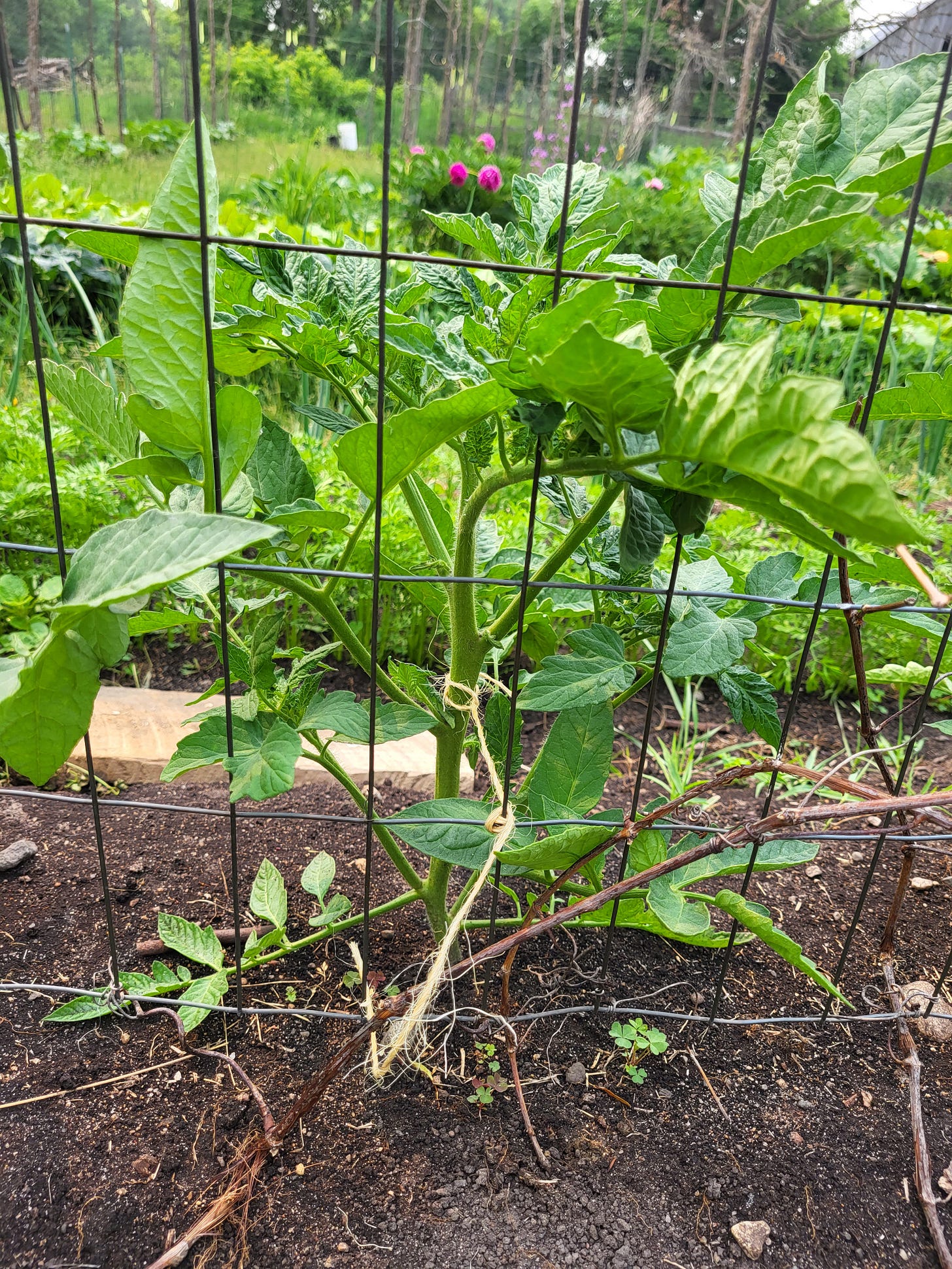


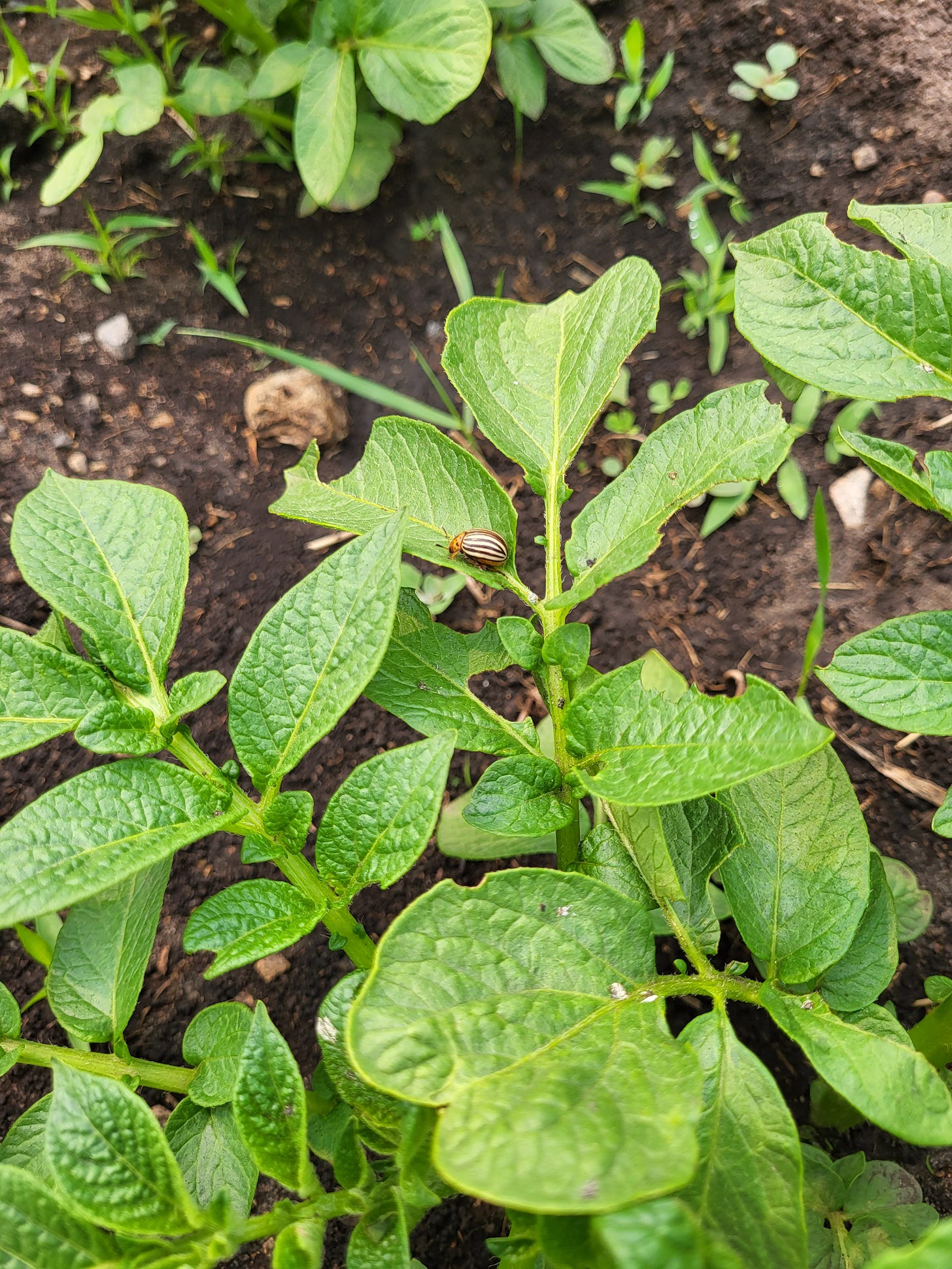

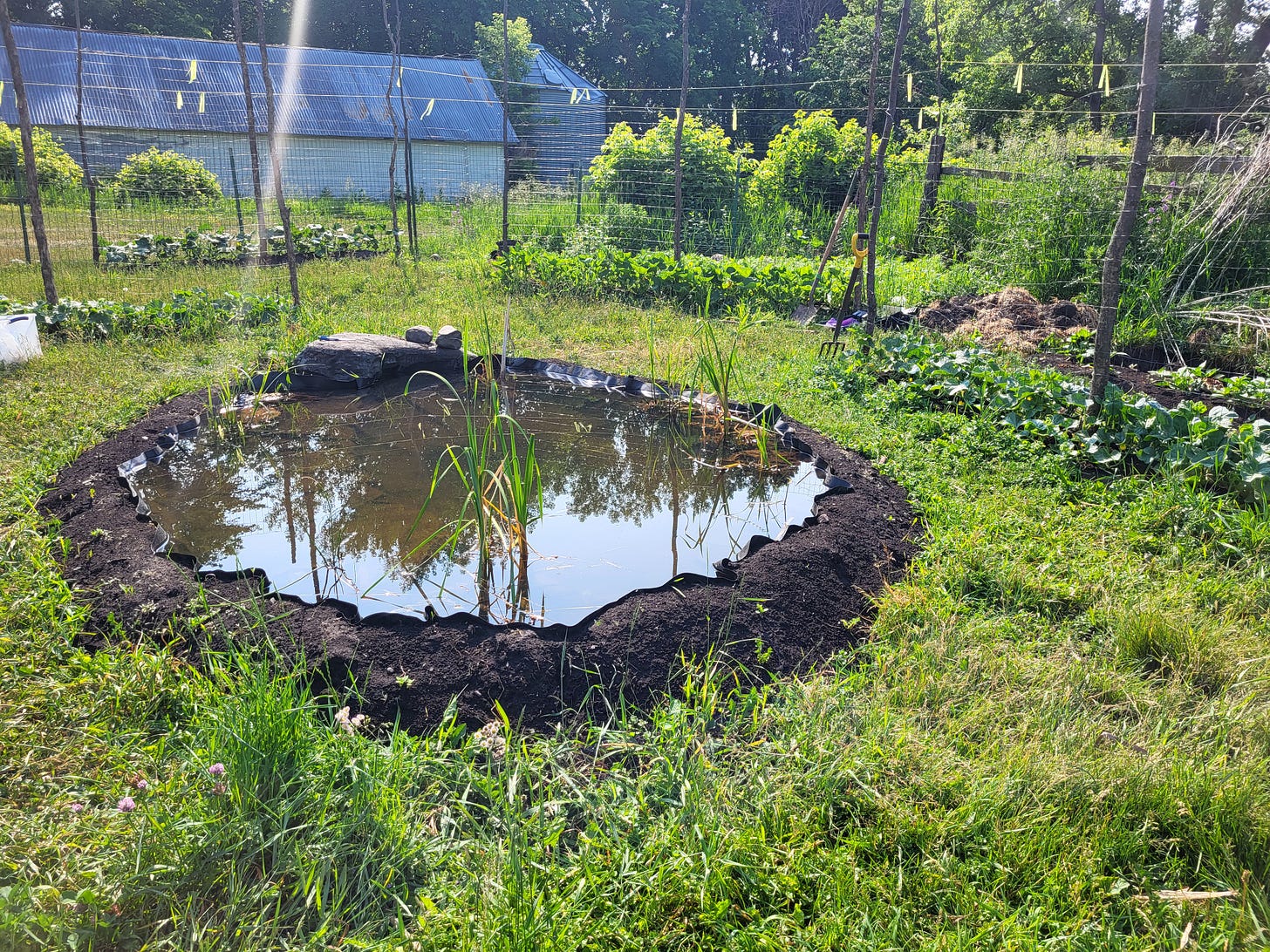
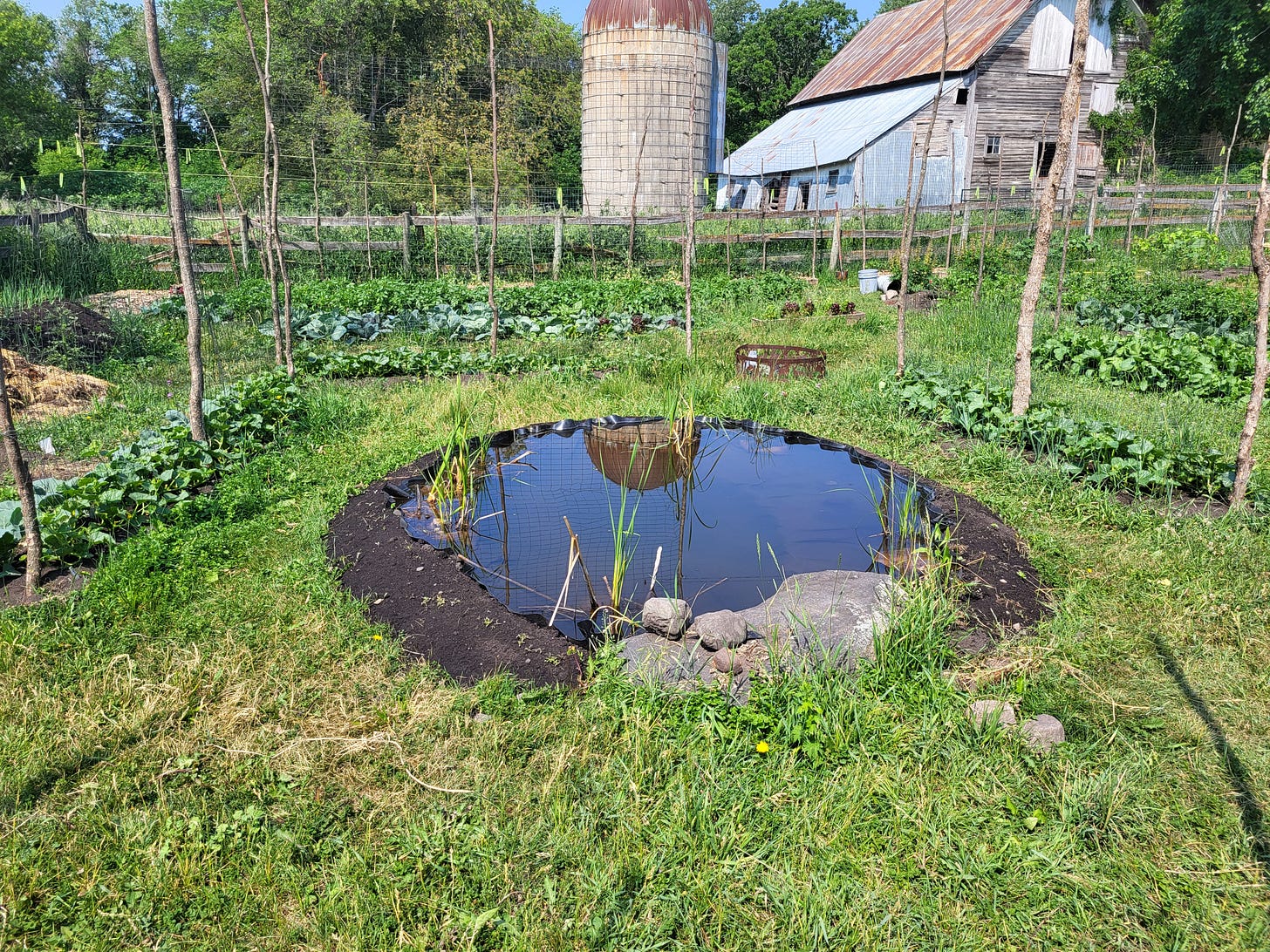
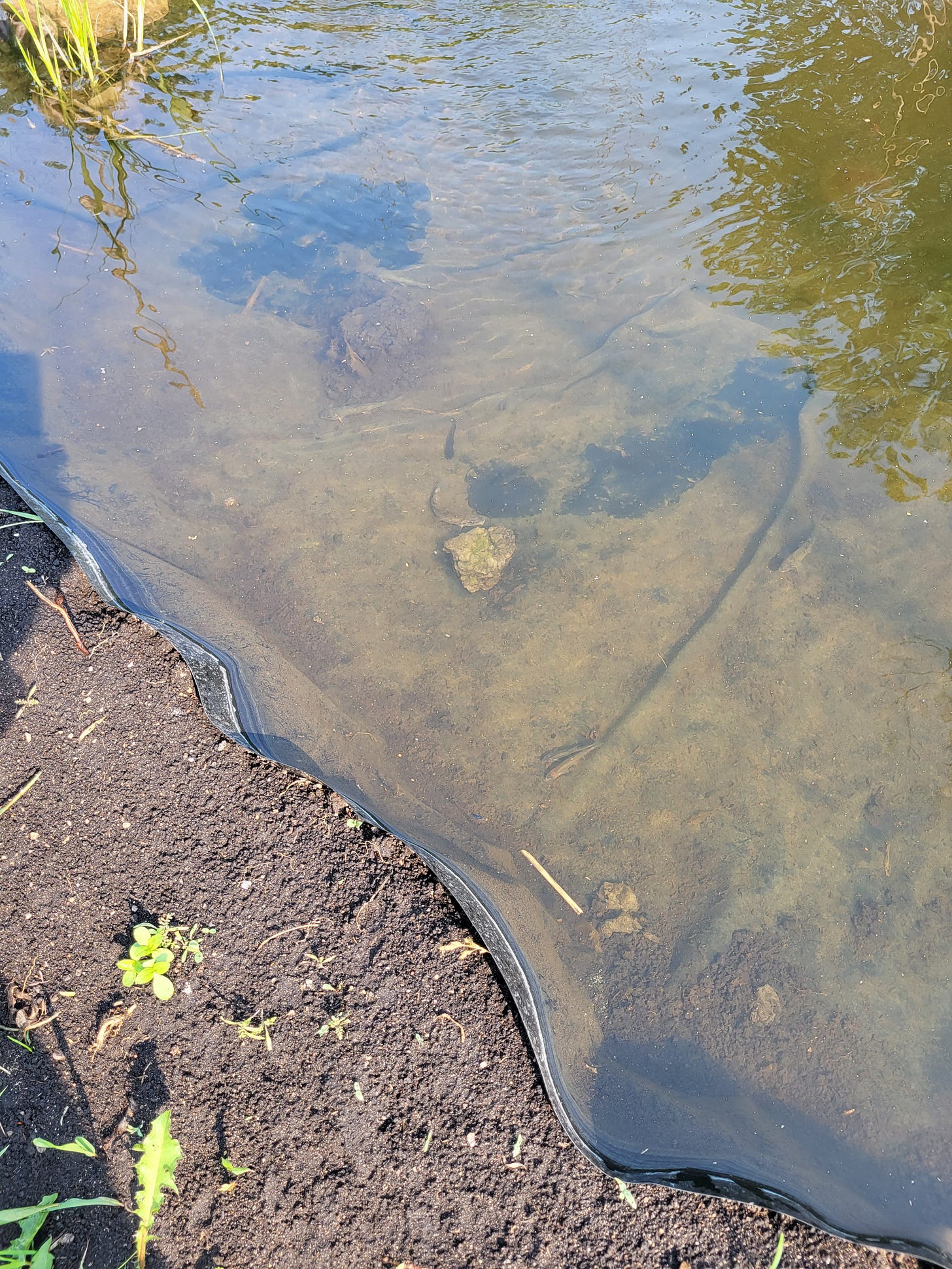
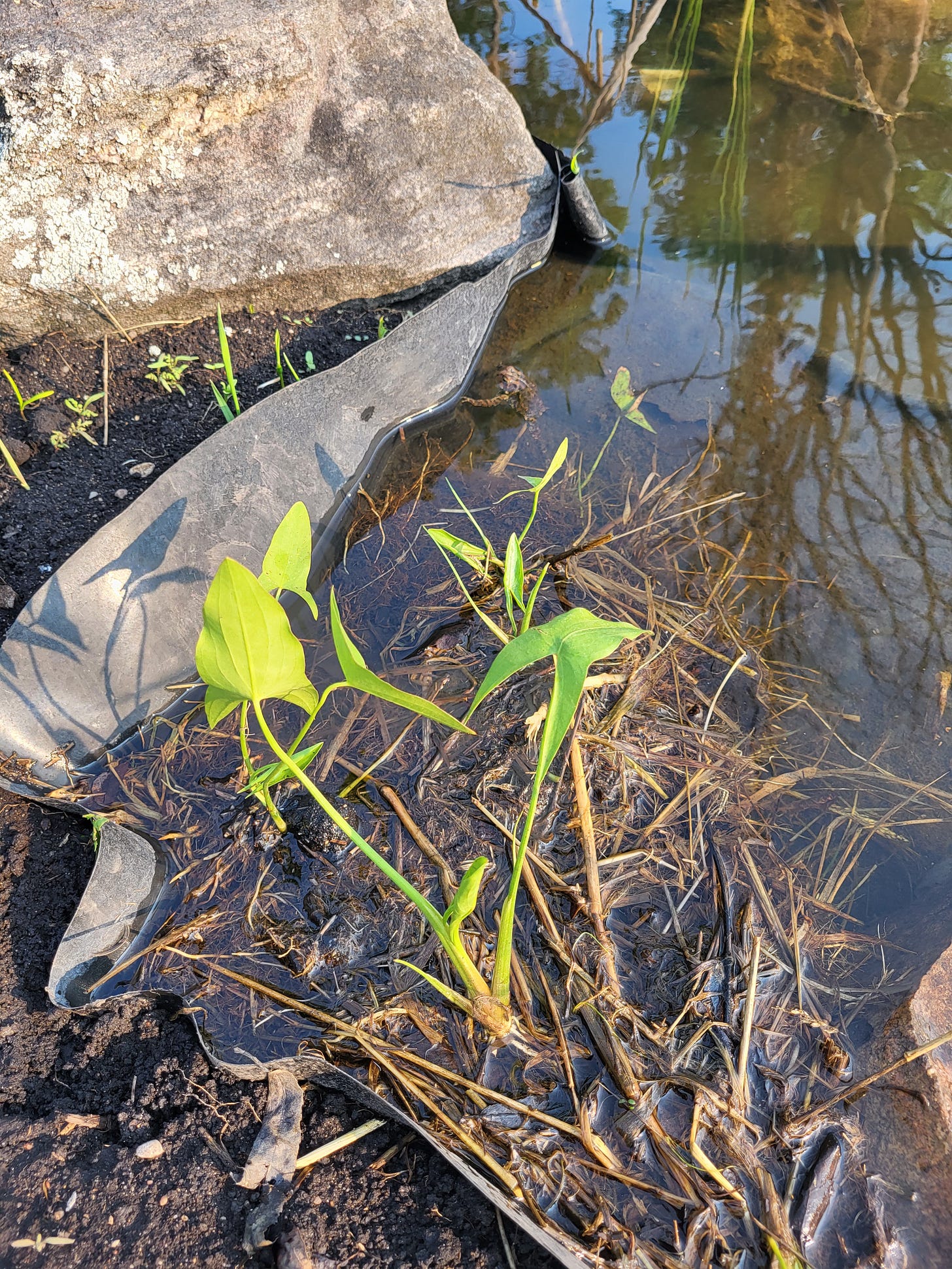
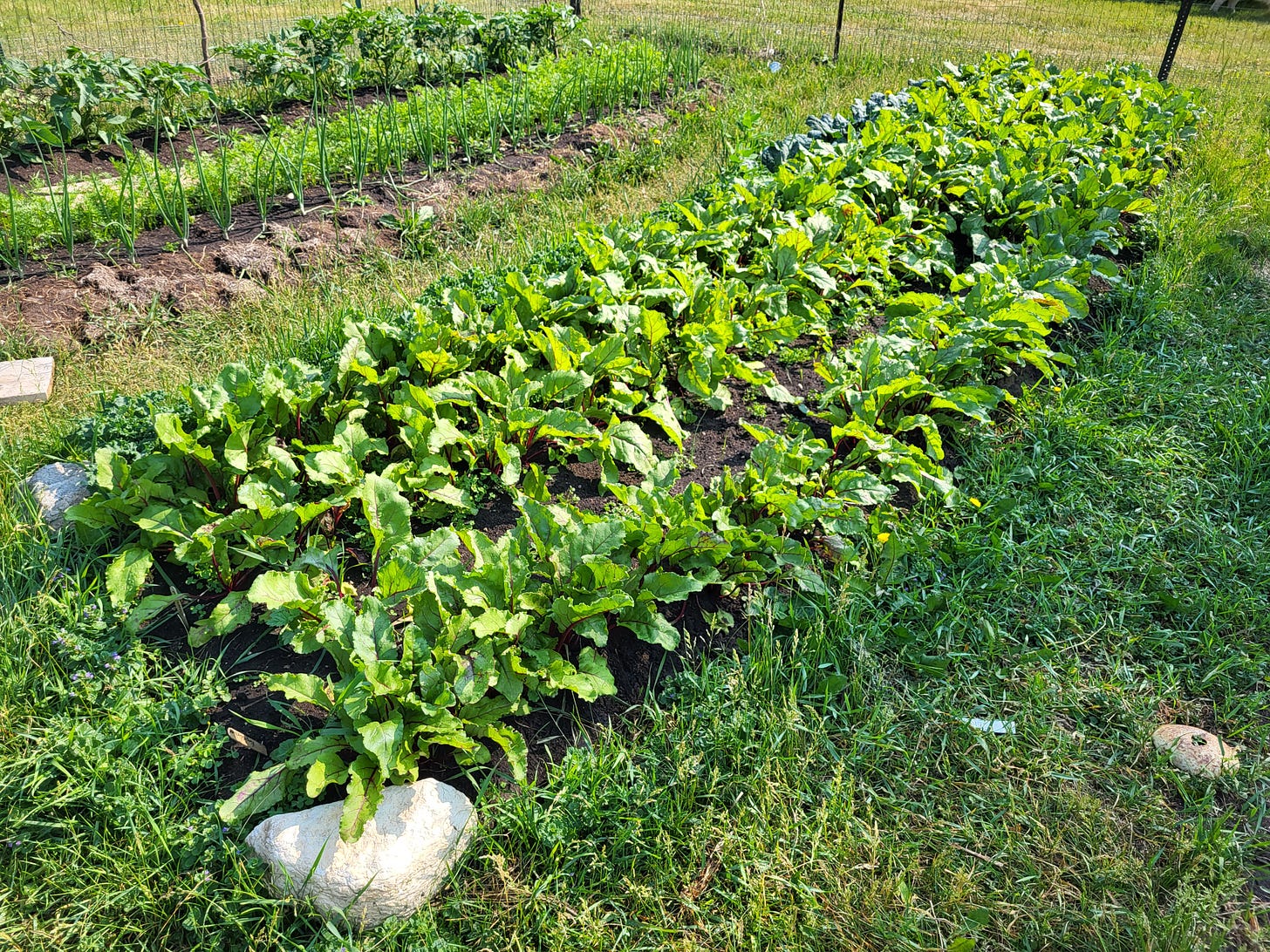
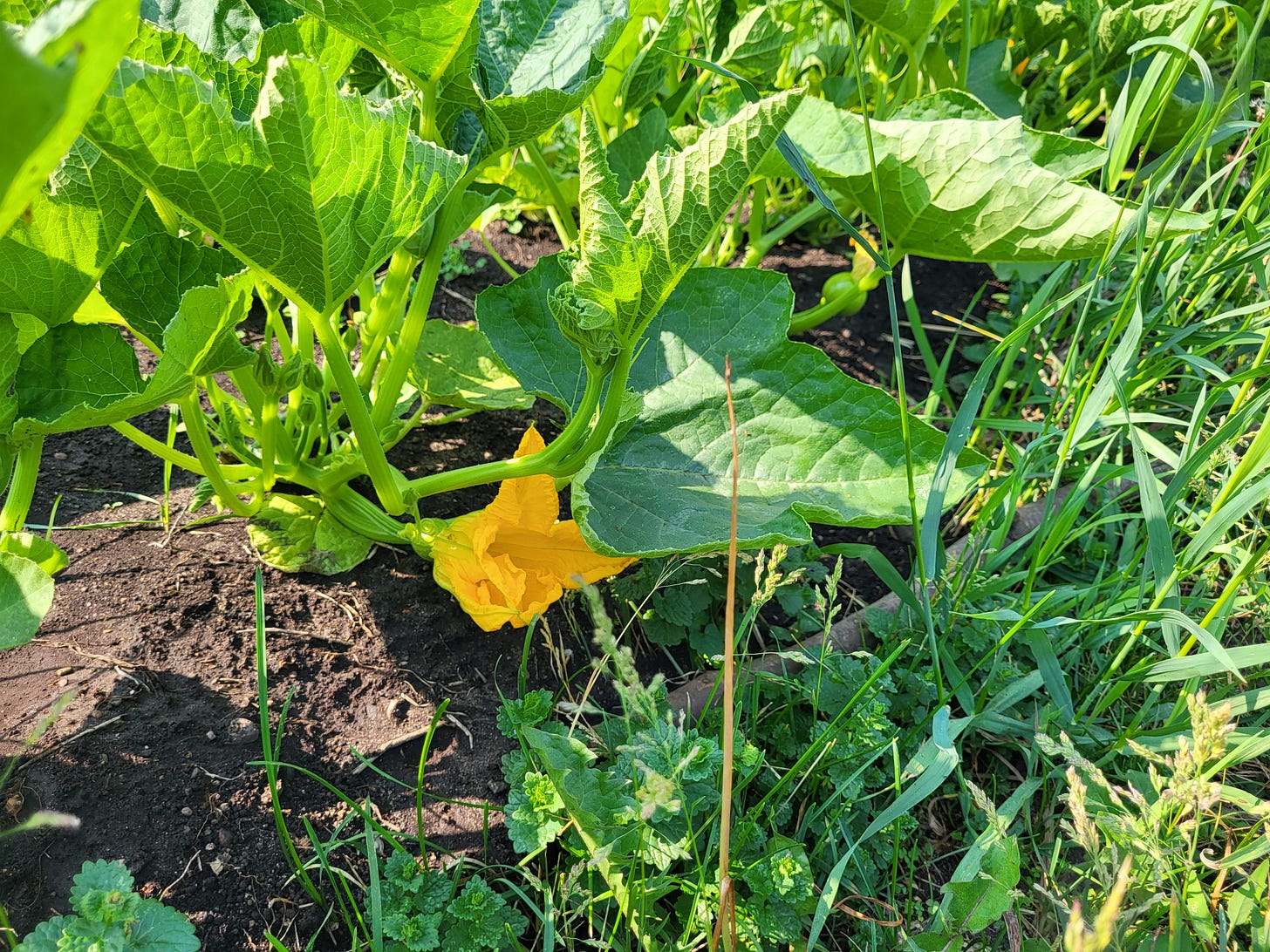

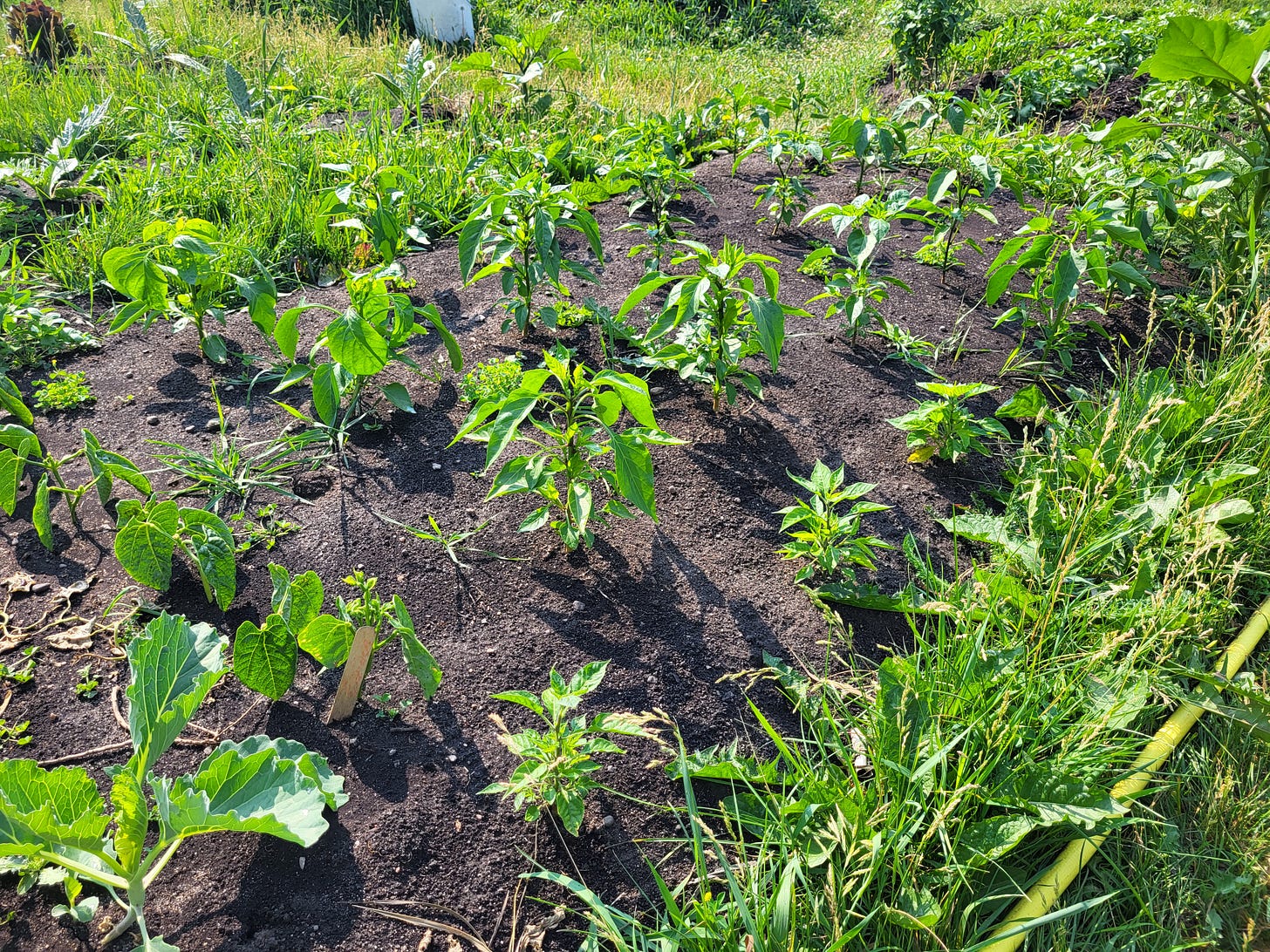

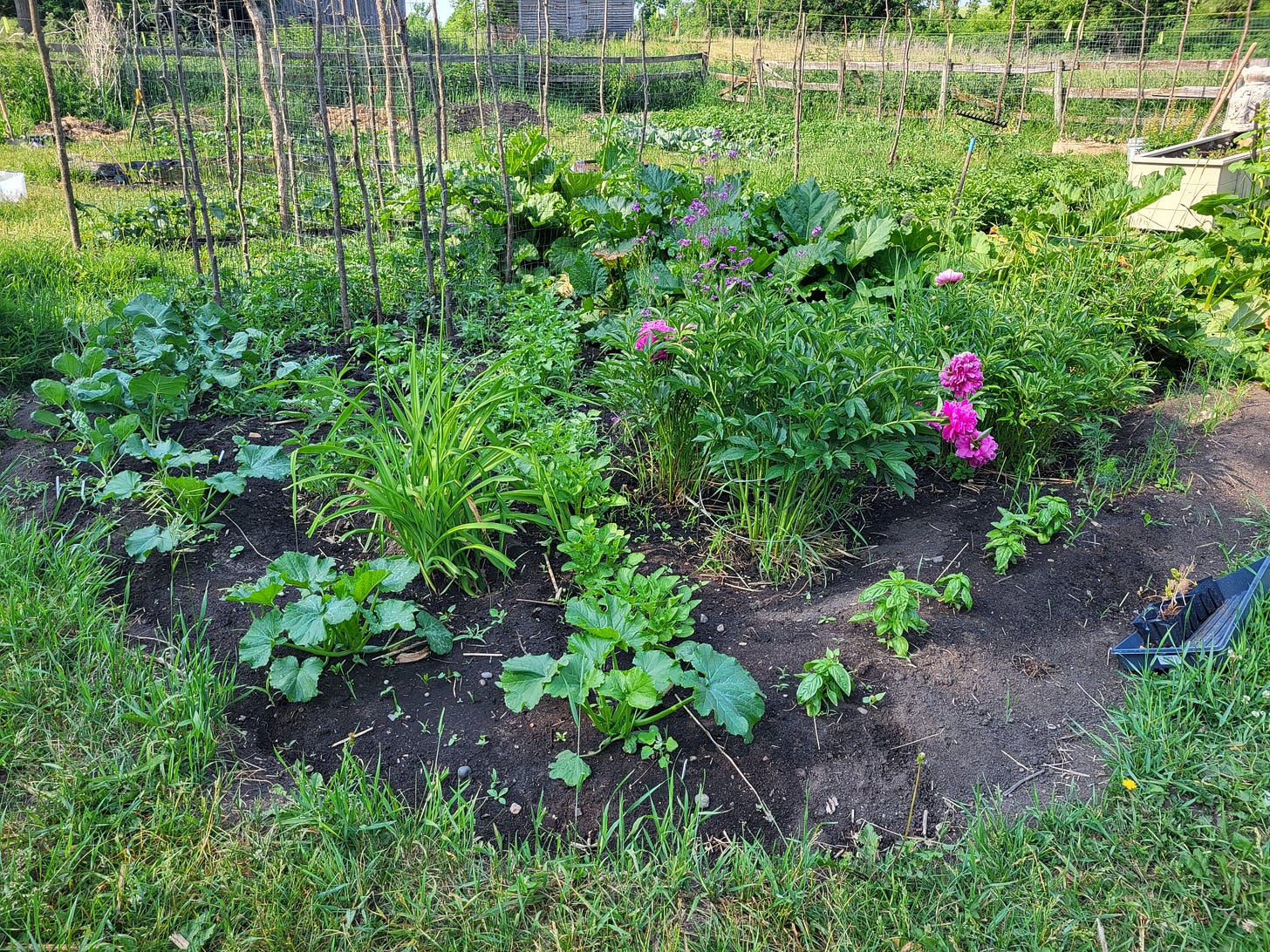
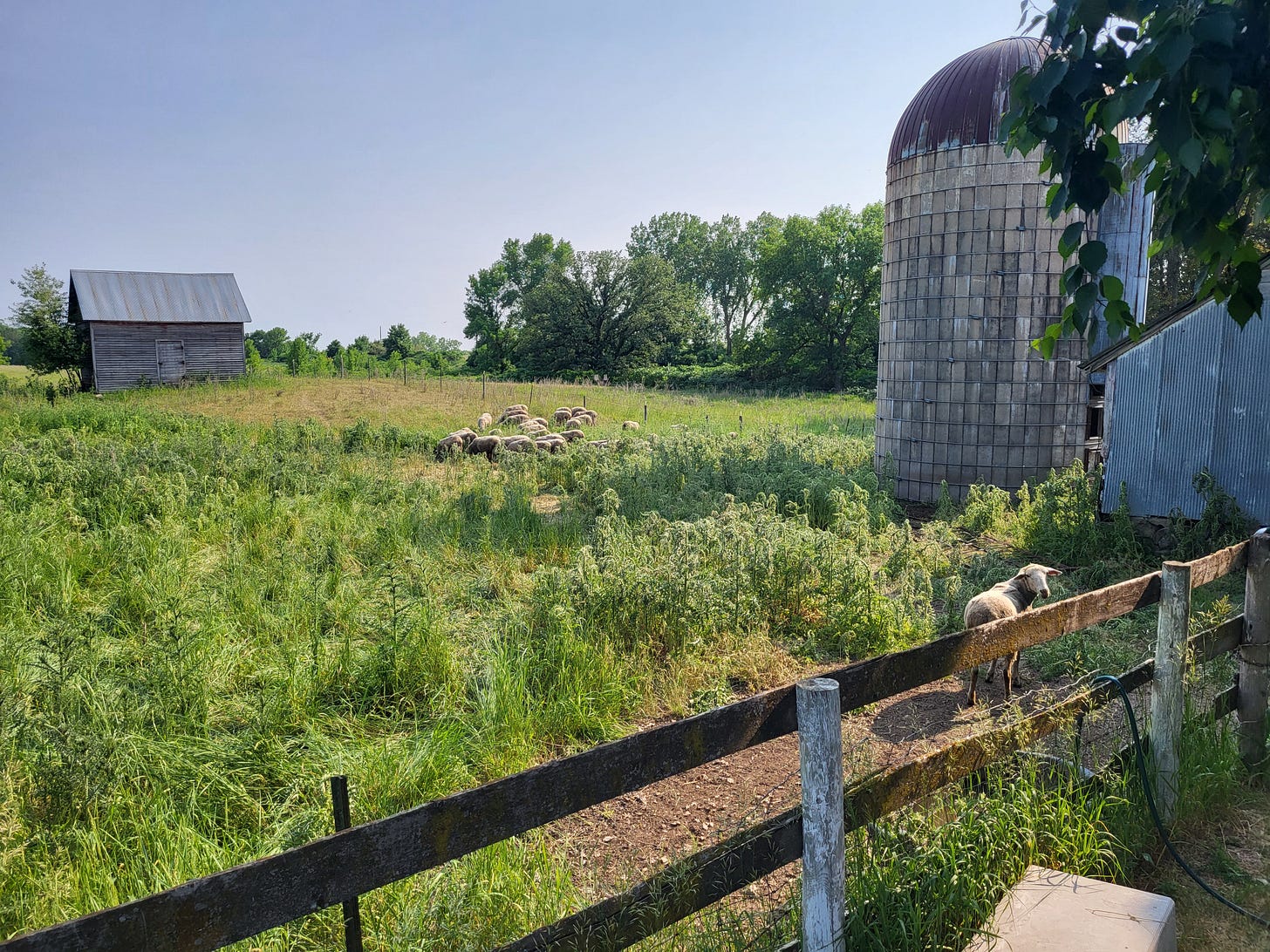


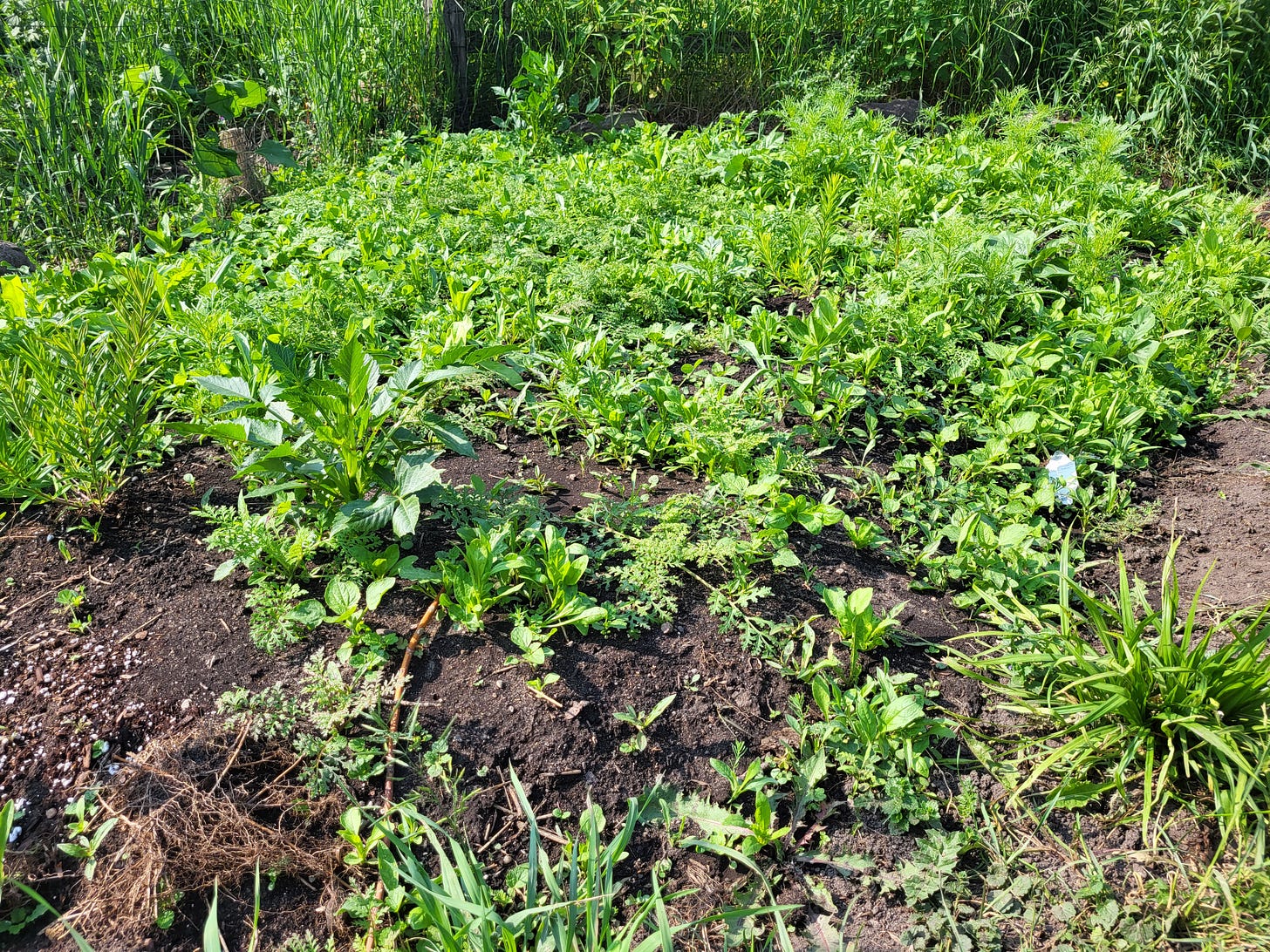


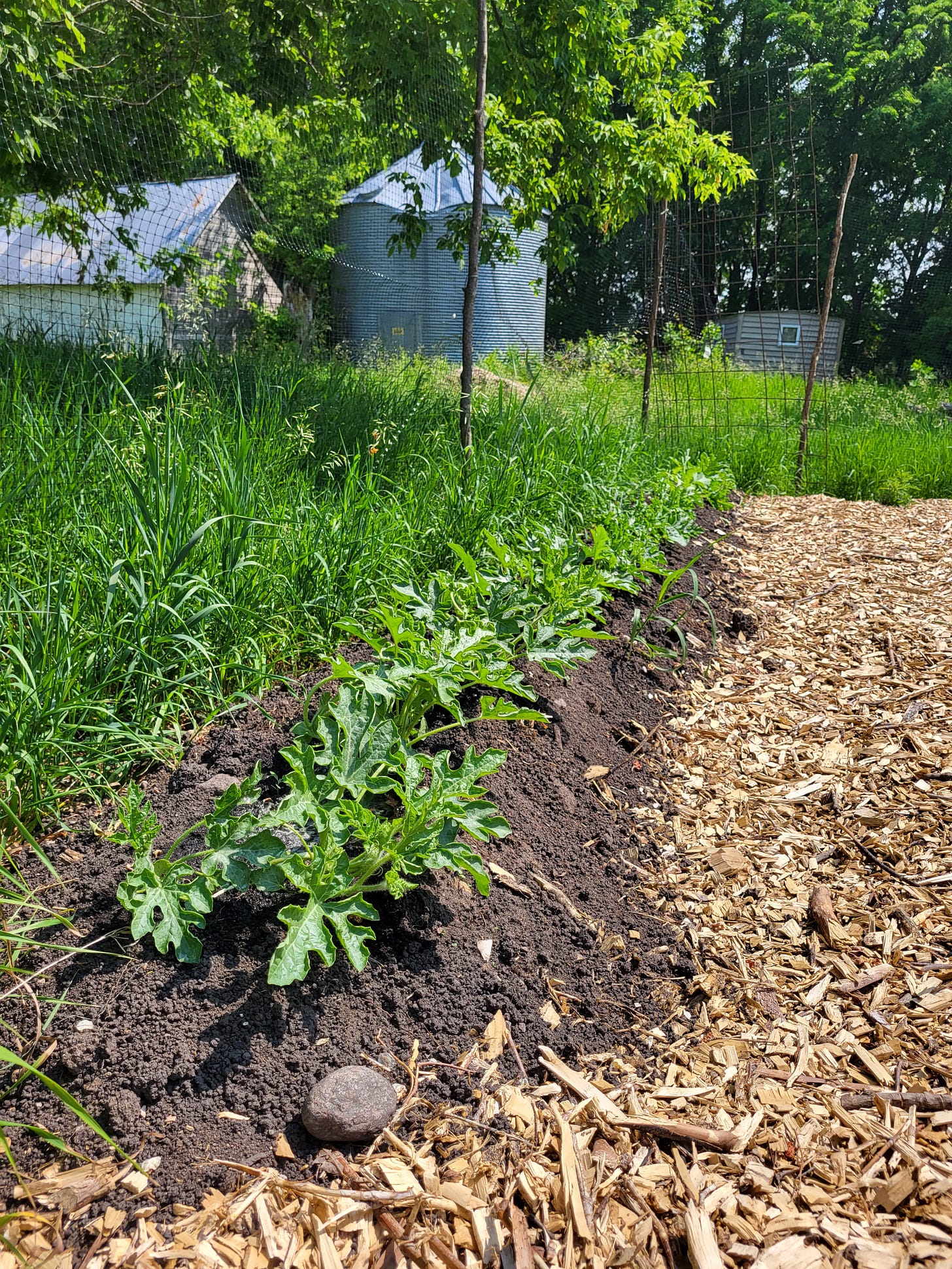
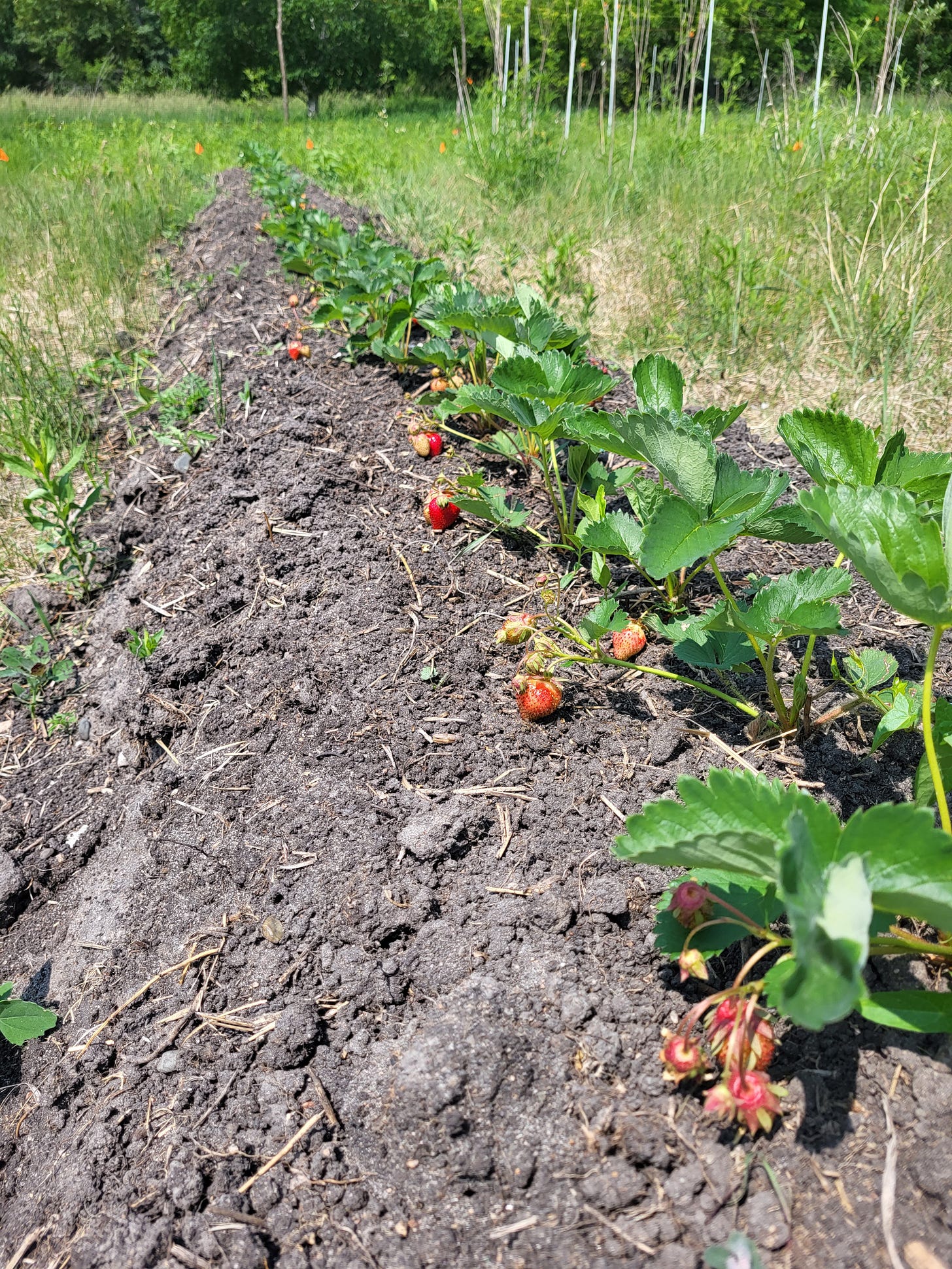
Holycow...i contend that you do not have a green thumb,but are green up to your armpits!
I worry about the continuous decline of pollinators, as every year it seems like fewer and fewer are making the rounds. I hope more people realize how critical this is for ecological stability, and reconsider the constant pesticide use and reckless mosquito-extinction campaigns. It's hard to pretend that that's not a factor in the rapid decline. Insects are an important part of the entire cycle! (except those potato beetles of course heh). Garden looks beautiful, you've a cultivated a great space
there :-)